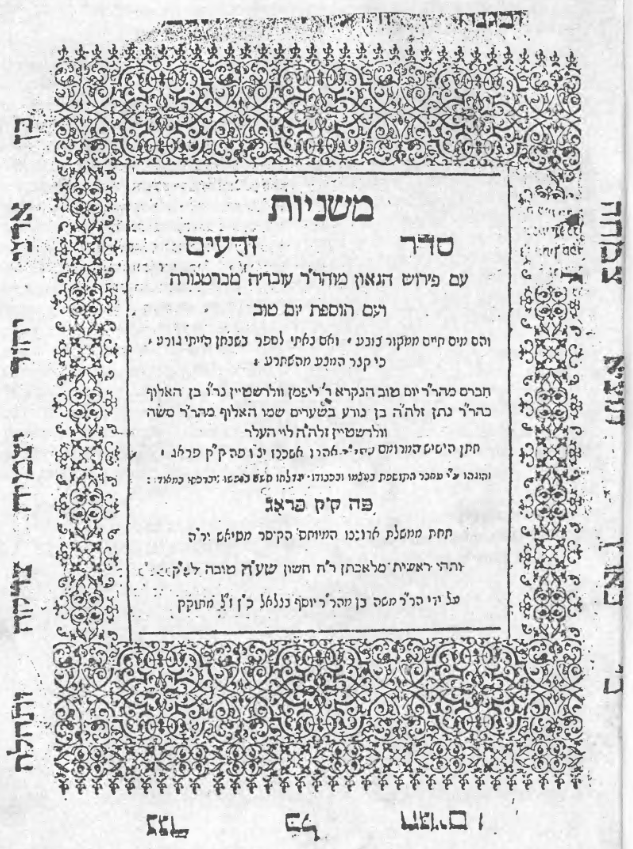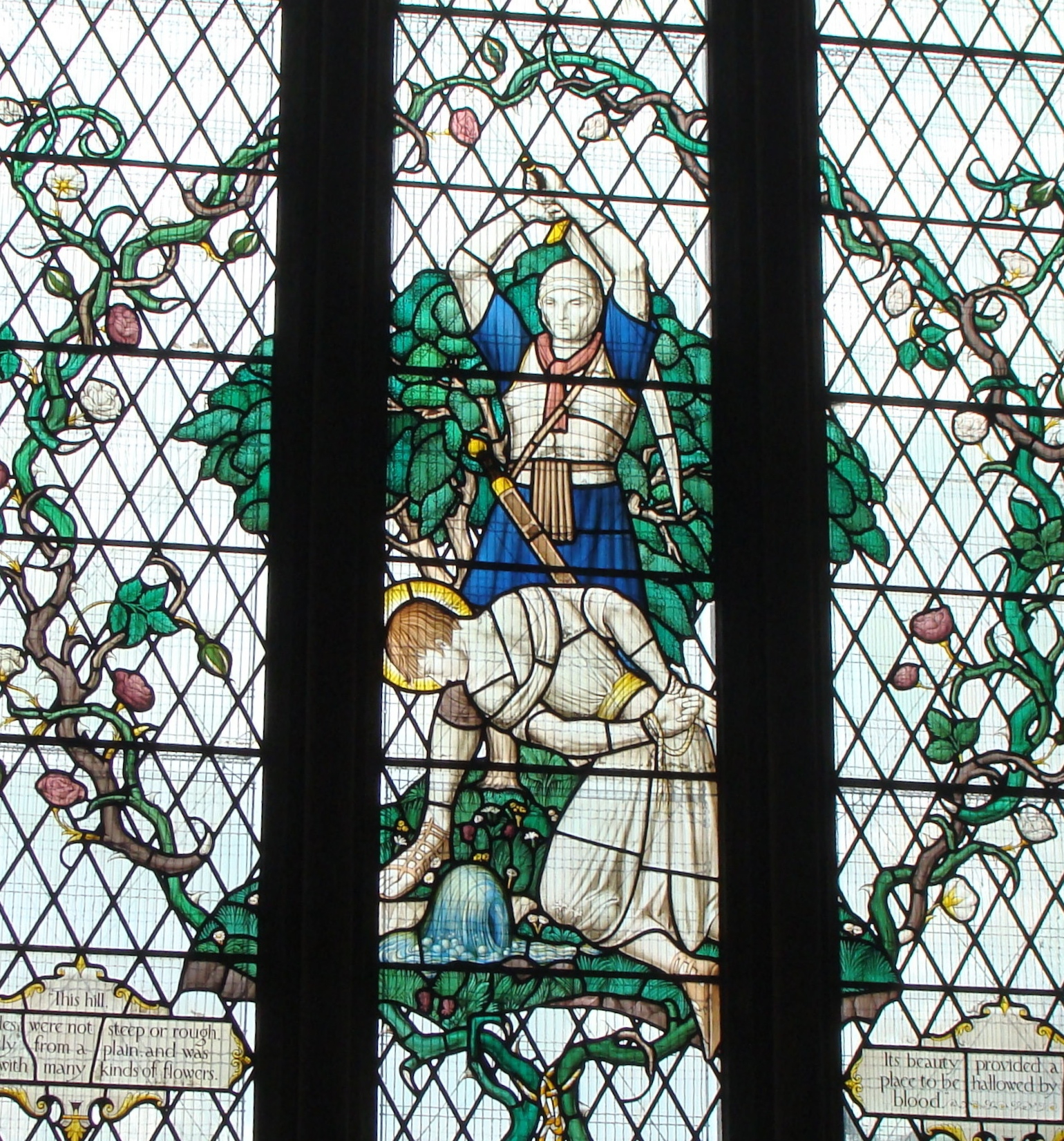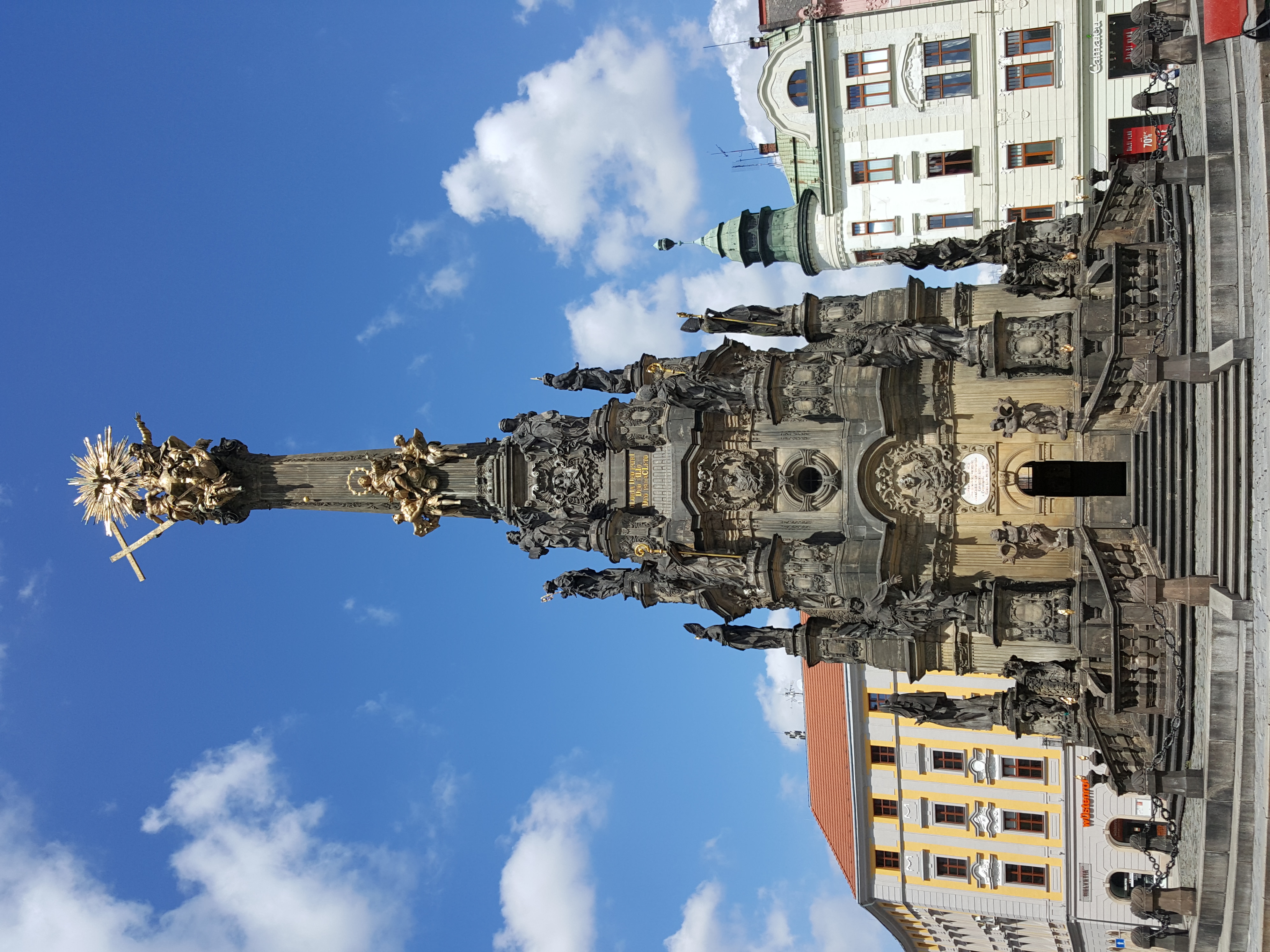|
Wallerstein, Bavaria
Wallerstein is a municipality and former principality in the district of Donau-Ries in Bavaria in Germany. It was first mentioned in 1238 as Steinheim. For generations ruled by the House of Oettingen-Wallerstein, in 1806 Wallerstein became part of the Kingdom of Bavaria by the process of mediatisation. The family still owns the Wallerstein Castle and its surrounding land. Mayors * 1972-2002: Manfred Schürer *since 2002: Joseph Mayer Culture and Sights * Castle Wallerstein * Castle rock * Old Jewish burial ground * One of only three German Marian and Holy Trinity columns Gallery Wallerstein, die Pestsäule DmD-7-79-224-7 en die katholische Pfarrkirche Sankt Alban DmD-7-79-224-1 foto5 2016-08-04 09.39.jpg, Wallerstein, monument (die Pestsäule) and Catholic Parish Church of Saint Alban File:St. Oswald Kirche Ehringen - panoramio.jpg, St. Oswald Church Notable inhabitants * Yom-Tov Lipmann Heller (1579-1654), born in Wallerstein and later Rabbi of Prague, Nemirow and K ... [...More Info...] [...Related Items...] OR: [Wikipedia] [Google] [Baidu] |
Bayerisches Landesamt Für Statistik
The statistical offices of the German states (German language, German: ''Statistische Landesämter'') carry out the task of collecting official statistics in Germany together and in cooperation with the Federal Statistical Office of Germany, Federal Statistical Office. The implementation of statistics according to Article 83 of the Basic Law for the Federal Republic of Germany, constitution is executed at state level. The Bundestag, federal government has, under Article 73 (1) 11. of the constitution, the exclusive legislation for the "statistics for federal purposes." There are 14 statistical offices for the States of Germany, 16 states: See also * Federal Statistical Office of Germany References {{Reflist National statistical services, Germany Lists of organisations based in Germany, Statistical offices Official statistics, Germany ... [...More Info...] [...Related Items...] OR: [Wikipedia] [Google] [Baidu] |
Bernhard Mettenleiter
Bernhard Mettenleiter (; 25 April 1822, Wallerstein, Bavaria, Wallerstein – 14 January 1901, Marktheidenfeld) was a German composer and organist. He was known as the choir director in Günzburg, Memmingen, and :de:Sankt Lorenz (Kempten), Sankt Lorenz. He was the cousin of the composer, :de:Johann Georg Mettenleiter, Johann Georg Mettenleiter. Compositions * Four preludes in ''175 Neue Orgelstücke, Op.70'' by Johann Diebold (1842 – 1929) Notes Further reading * References External links * {{Authority control 1822 births 1901 deaths German composers German organists ... [...More Info...] [...Related Items...] OR: [Wikipedia] [Google] [Baidu] |
Theodor Busse
Ernst Hermann August Theodor Busse (15 December 1897 – 21 October 1986) was a German officer during World War I and World War II. Early life and career Busse, a native of Frankfurt (Oder), joined the Imperial German Army as an officer cadet in 1915 and was commissioned in February 1917. He also won the Knight's Cross with Swords of the Hohenzollern Order. After the armistice, he was accepted as one of 2,000 officers into the new Reichswehr in which he steadily rose in rank. World War II Busse was a General Staff officer in April 1939 and prepared a training program that was approved by the Chief of the General Staff in August and covered a period from 1 October 1939 to 30 September 1940. Between 1940 and 1942, he served as the Chief of Operations to General (later Field Marshal) Erich von Manstein in the 11th Army on the Eastern Front. He remained serving on von Manstein's staff from 1942 to 1943 as Chief of Operations of Army Group Don and then from 1943 to 1944 he was ... [...More Info...] [...Related Items...] OR: [Wikipedia] [Google] [Baidu] |
General Officer
A general officer is an officer of high rank in the armies, and in some nations' air forces, space forces, and marines or naval infantry. In some usages the term "general officer" refers to a rank above colonel."general, adj. and n.". OED Online. March 2021. Oxford University Press. https://www.oed.com/view/Entry/77489?rskey=dCKrg4&result=1 (accessed May 11, 2021) The term ''general'' is used in two ways: as the generic title for all grades of general officer and as a specific rank. It originates in the 16th century, as a shortening of ''captain general'', which rank was taken from Middle French ''capitaine général''. The adjective ''general'' had been affixed to officer designations since the late medieval period to indicate relative superiority or an extended jurisdiction. Today, the title of ''general'' is known in some countries as a four-star rank. However, different countries use different systems of stars or other insignia for senior ranks. It has a NATO rank sc ... [...More Info...] [...Related Items...] OR: [Wikipedia] [Google] [Baidu] |
William Berczy
William von Moll Berczy (December 10, 1744 – February 5, 1813) was a German-born Upper Canada pioneer and painter. He is considered one of the co-founders of the Town of York, Upper Canada, now Toronto, Ontario, Canada. Biography Berczy was born in Wallerstein, Swabia, Electorate of Bavaria (part of the Holy Roman Empire and now in Germany) as a son of the ''Wirklicher Hofrat'' (Albrecht Theodor Moll) and Johanna Josepha Walpurga Moll (née Hefele). Berczy was originally named Johann Albrecht Ulrich Moll, but following marriage changed his name. He studied at the Akademie der bildenden Künste in Vienna and at the University of Jena in Saxony. His early career was spent in several European countries, including Poland, Switzerland, and Italy. In 1792, Berczy sailed for the Americas, settling in Philadelphia, then setting up a business in York, Upper Canada (now Toronto). A few years later, his work took him to Lower Canada (Quebec). Berczy married, on November 1, 1785, Je ... [...More Info...] [...Related Items...] OR: [Wikipedia] [Google] [Baidu] |
Louis Of Oettingen-Wallerstein
Louis Kraft Ernest, Prince of Oettingen-Wallerstein (''German'' Ludwig Kraft Ernst Karl Fürst zu Öttingen-Öttingen und Öttingen-Wallerstein) (31 January 1791 – 22 June 1870) was a Bavarian statesman and German Prince of the House of Oettingen-Wallerstein. He succeeded his father as ruling Prince of Wallerstein in 1802 but lost his sovereignty in 1806 due to Mediatisation. He served as the Bavarian Minister of the Interior from 1832 to 1837 and during the revolutions of 1848, he was caretaker of the Ministry of Foreign Affairs and Culture. Between 1849 and 1858, he was as a member of the Second Chamber of the Bavarian State Parliament on the side of the liberal wing. A well-known art collector, he expanded the Oettingen-Wallerstein collection and library, part of which was acquired by King Ludwig I for his own collection. Early life Louis was born at Wallerstein on 31 January 1791. He was the eldest son of Kraft Ernst, 1st Prince of Oettingen-Wallerstein (1748–1802 ... [...More Info...] [...Related Items...] OR: [Wikipedia] [Google] [Baidu] |
Mishnah
The Mishnah or the Mishna (; he, מִשְׁנָה, "study by repetition", from the verb ''shanah'' , or "to study and review", also "secondary") is the first major written collection of the Jewish oral traditions which is known as the Oral Torah. It is also the first major work of rabbinic literature. The Mishnah was redacted by Judah ha-Nasi probably in Beit Shearim or Sepphoris at the beginning of the 3rd century CE in a time when, according to the Talmud, the persecution of the Jews and the passage of time raised the possibility that the details of the oral traditions of the Pharisees from the Second Temple period (516 BCE – 70 CE) would be forgotten. Most of the Mishnah is written in Mishnaic Hebrew, but some parts are in Aramaic. The Mishnah consists of six orders (', singular ' ), each containing 7–12 tractates (', singular ' ; lit. "web"), 63 in total, and further subdivided into chapters and paragraphs. The word ''Mishnah'' can also indicate a single paragraph of ... [...More Info...] [...Related Items...] OR: [Wikipedia] [Google] [Baidu] |
Yom-Tov Lipmann Heller
Rabbi Gershon Shaul Yom-Tov Lipmann ben Nathan ha-Levi Heller (c. 157919 August 1654), was a Bohemian rabbi and Talmudist, best known for writing a commentary on the Mishnah called the ''Tosefet Yom-Tov'' (1614–1617). Heller was one of the major Talmudic scholars in Prague and in Poland during the "Golden Age" before 1648. Education and rabbinic career After Heller was born in Wallerstein, Bavaria, he was raised by his grandfather, Rabbi Moses Ha-Levi Heller, as his father died at the age of 18 before he was even born. As a teenager Heller was sent to Friedberg, near Wallerstein, where he studied in the Yeshiva of Rabbi Jacob Günzburg. From there he moved to Prague, where he became a disciple of the Maharal, head of the yeshiva of Prague. In 1597, when Heller was scarcely 18 years old, he received a Semicha (appointment) as a Dayan (rabbinic judge) in that city. In October 1624 Heller was called to the rabbinate of Mikulov, Moravia, and in March 1625, became rabbi of Vienna. L ... [...More Info...] [...Related Items...] OR: [Wikipedia] [Google] [Baidu] |
Saint Alban
Saint Alban (; la, Albanus) is venerated as the first-recorded British Christian martyr, for which reason he is considered to be the British protomartyr. Along with fellow Saints Julius and Aaron, Alban is one of three named martyrs recorded at an early date from Roman Britain (" Amphibalus" was the name given much later to the priest he was said to have been protecting). He is traditionally believed to have been beheaded in Verulamium (modern St Albans) sometime during the 3rd or 4th century, and his cult has been celebrated there since ancient times. Hagiography Alban lived in Roman Britain, but little is known about his religious affiliations, socioeconomic status, or citizenship. According to the most elaborate version of the tale found in Bede's ''Ecclesiastical History of the English People'', in the 3rd or 4th century (see dating controversy below), Christians began to suffer "cruel persecution", and Alban was living in Verulamium. However, Gildas says he crossed the ... [...More Info...] [...Related Items...] OR: [Wikipedia] [Google] [Baidu] |
Donau-Ries
Donau-Ries (''Danube-Ries'') is a ''Landkreis'' (district) in Swabia, Bavaria, Germany. It is bounded by (from the north and clockwise) the districts of Ansbach, Weißenburg-Gunzenhausen, Eichstätt, Neuburg-Schrobenhausen, Aichach-Friedberg, Augsburg and Dillingen, and by the state of Baden-Württemberg (districts of Heidenheim and Ostalbkreis). History From Palaeolithic times on the Nördlinger Ries was a very attractive site for human settlement. The valley of the Danube was abounding with game, and many caves in the slopes of the crater provided shelter for Neanderthals and their successors. The Ries was always densely populated. From 450 to 15 BC Celtic peoples built their settlements on the tops of the hills. Remains of Celtic circular forts and sanctuaries can be found all over the region. They were replaced about 90 AD by the Romans, who secured the region by building forts and the Limes (which was some km north of the present district). The Romans were driven awa ... [...More Info...] [...Related Items...] OR: [Wikipedia] [Google] [Baidu] |
Marian And Holy Trinity Columns
Marian columns are religious monuments depicting Virgin Mary on the top, often built in thanksgiving for the ending of a plague (plague columns) or for some other reason. The purpose of the Holy Trinity columns was usually simply to celebrate the church and the faith, though the plague motif could sometimes play its role in their erection as well. Erecting religious monuments in the form of a column surmounted by a figure or a Christian symbol was a gesture of public faith that flourished in the Catholic countries of Europe especially in the 17th and 18th centuries. Thus they became one of the most visible features of Baroque architecture. This usage also influenced some Eastern Orthodox Baroque architecture. Other subjects Although plague columns are most commonly dedicated to the Virgin Mary, some depict other saints. A typical one is St. Roch, who is said to have fallen ill when helping the sick during an epidemic of plague and who recovered through the strength of his faith. St ... [...More Info...] [...Related Items...] OR: [Wikipedia] [Google] [Baidu] |






